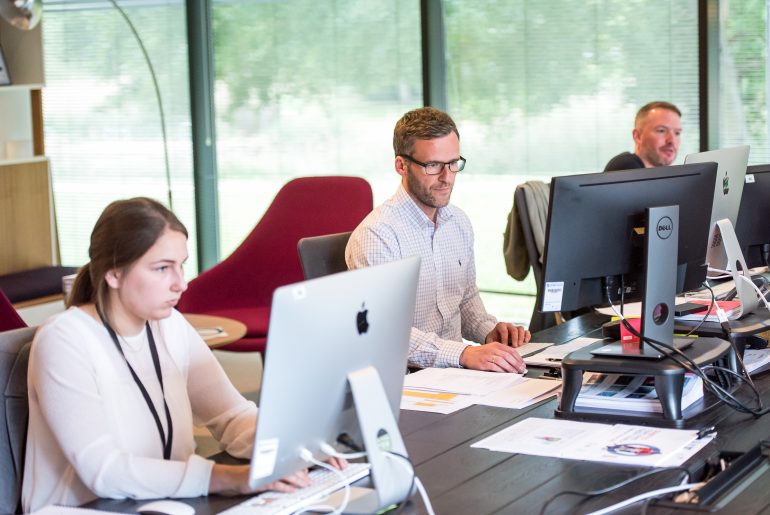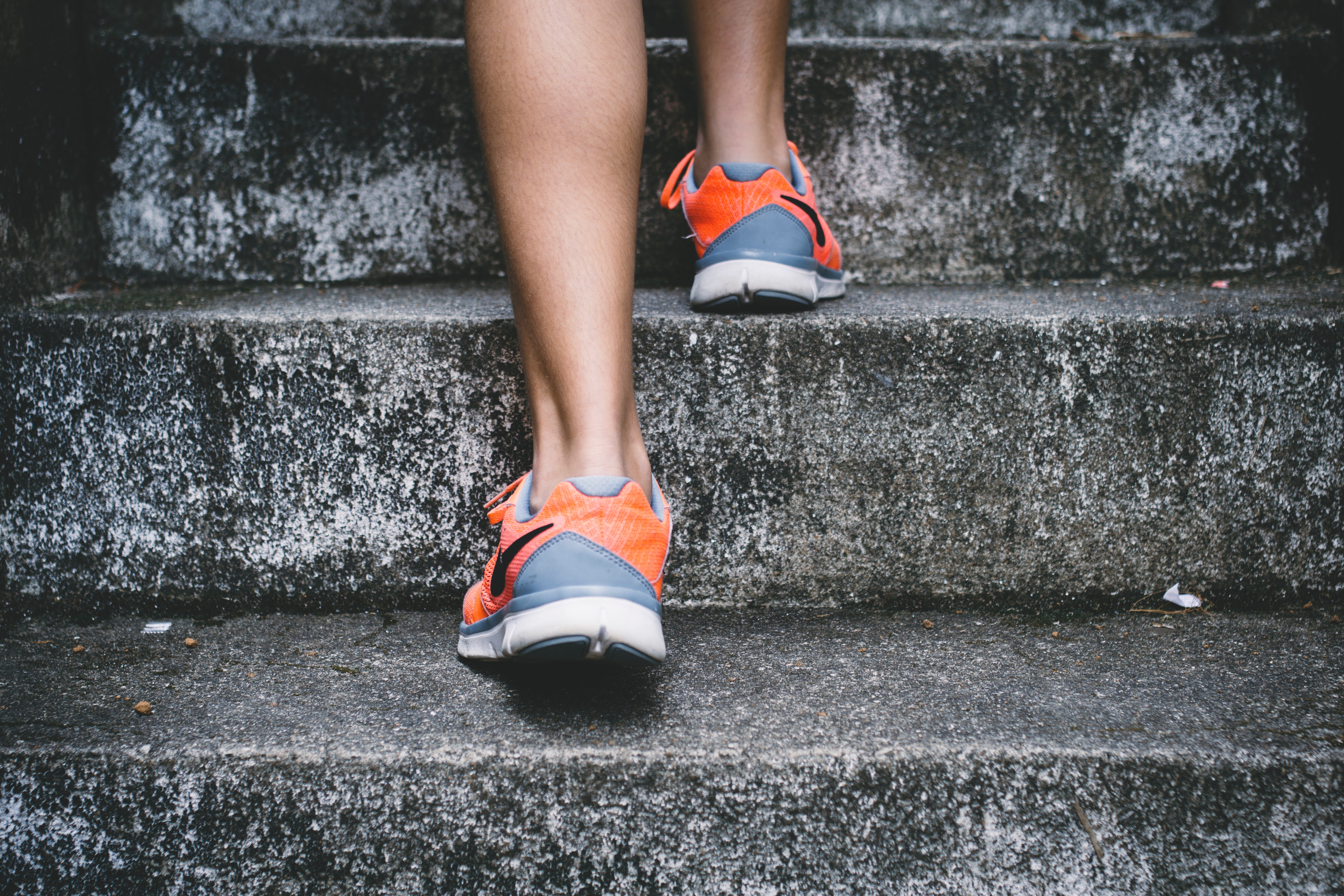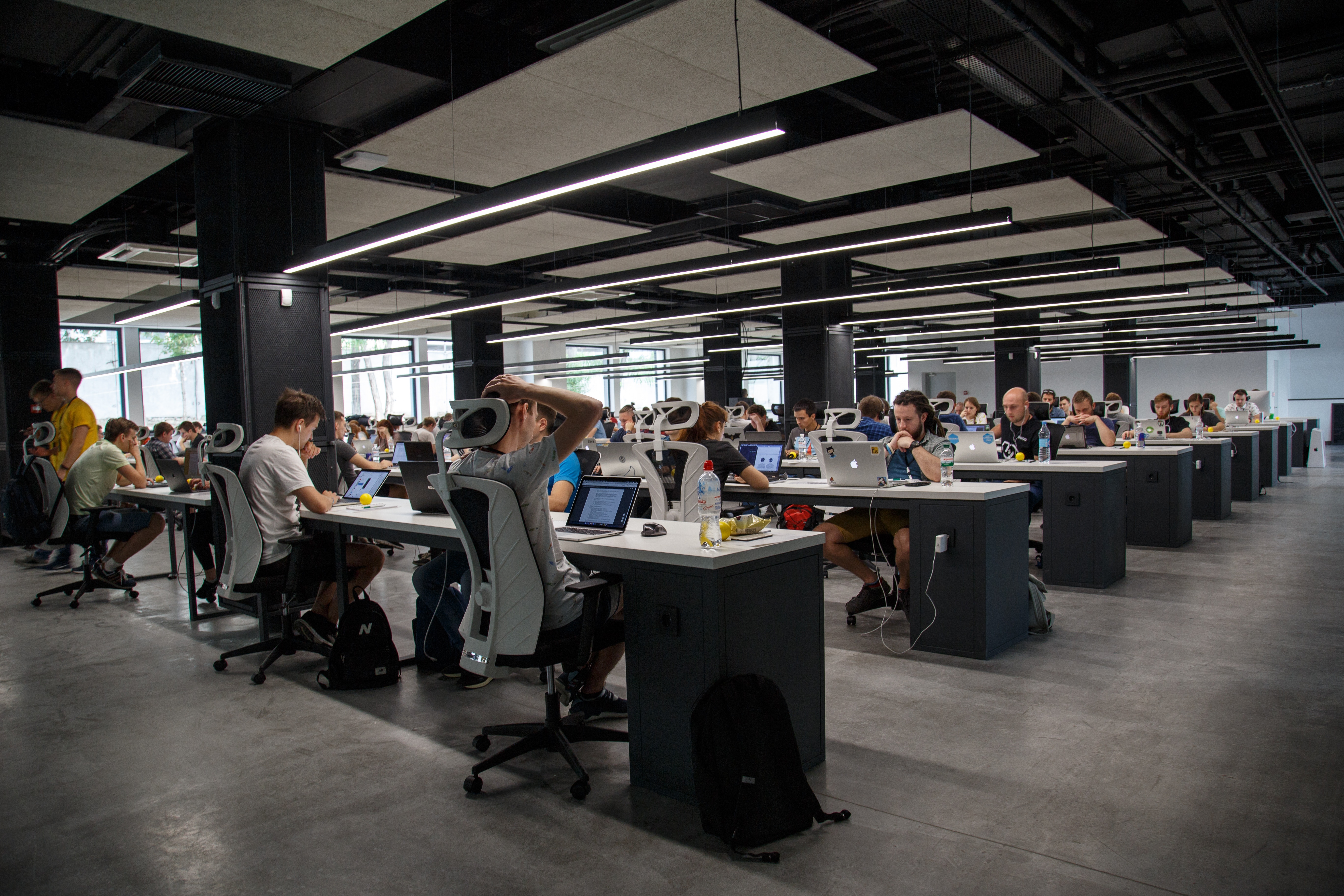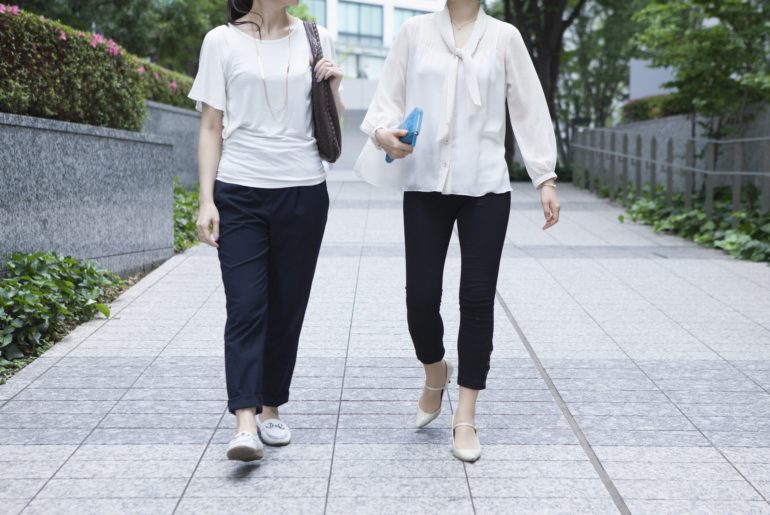This article was originally published in the BMJ Opinion on 21st August 2019. New research shows that any level of movement decreases risk of premature death, so get moving say Ulf Ekelund and Thomas Yates It is well established that physical activity of a moderate or vigorous intensity (such as brisk walking) is good for your health. More recently, it has also been shown that people in contemporary societies are spending the majority of their day sitting, and that this prolonged sitting is also linked to an increased risk for many chronic diseases and premature death. Current physical activity recommendations, including those recently updated for the US, suggest that at least 150 minutes per week of moderate intensity physical activity is needed to keep healthy and that prolonged sitting should be avoided. However, how much sitting is too much? This is not specified and is widely debated. In addition, are levels of physical activity below those recommended still beneficial for health and does light intensity physical activity still count? Answering these questions have huge relevance for health promotion. We performed a study to address these questions. Our results suggest strong associations between total physical activity and the risk of dying.…
An Exercise Regimen Everyone Can Squeeze In
The following article was written by Emmanuel Stamatakis and published in The Conversation on the 21st February 2019. Have you recently carried heavy shopping bags up a few flights of stairs? Or run the last 100 metres to the station to catch your train? If you have, you may have unknowingly been doing a style of exercise called high-intensity incidental physical activity. Our paper, published today in the British Journal of Sports Medicine, shows this type of regular, incidental activity that gets you huffing and puffing is likely to produce health benefits, even if you do it in 30-second bursts, spread over the day. In fact, incorporating more high intensity activity into our daily routines – whether that’s by vacuuming the carpet with vigour or walking uphill to buy your lunch – could be the key to helping all of us get some high quality exercise each day. And that includes people who are overweight and unfit. What is high intensity exercise? Until recently, most health authorities prescribed activity lasting for at least ten continuous minutes, although there was no credible scientific evidence behind this. This recommendation was recently refuted by the 2018 US Physical Activity Guidelines Advisory Report. The new…
Standing Up To Sedentary Working
The following article was written by Sophie O’Connell and published in Occupational Health and Wellbeing on the 7th June 2019. The modern world and the constant pursuit of technological growth have almost eliminated the need for movement in our daily lives. While commuting we sit in our cars or on the bus; at work we sit at our computers or in meetings; during our leisure time we sit watching TV, playing computer games or socialising with friends. Because of technology advancements we do not even need to leave the comfort of our own homes to socialise, stay in touch with friends and family, to shop, to work or even be entertained on a screen. This means that, on average, Brits spend around 9.5 hours a day spent sitting. Typically, the amount of time spent sedentary each day increases with age. In working-age adults much of this sitting is done at work. Evidence shows that office-based workers spend around 75% of their working day sitting, with a third of sitting time being done for a prolonged period. Many of us are guilty of spending time sitting for extended periods due to work, travel or various social commitments. But with the growing…
Forget Standing Desks: To Stay Healthy, You’ve Got To Move All Day
The following article, written by Christopher Keyes, was published by The Guardian on February 6th, 2019. If you want to dedicate yourself to a lifetime of good habits, don’t start at the gym. Start at the office. A few years ago, James Levine, a doctor of endocrinology at the Mayo Clinic, sparked a radical change in America’s office furniture. His research had inspired a pile of viral stories cataloging the negative effects of sitting at a desk: leg muscles shut down, blood pressure increases, good cholesterol plummets, your children starve. OK, I made up that last one, but the real takeaway was no less dire. “Excessive sitting is a lethal activity,” Levine, who has studied sedentary behavior for nearly 20 years and is the most widely quoted expert on the topic, told the New York Times in 2011. And the solution – at least the one people heard – was to start standing. Cue the office makeovers. Over the next several years, workers all across America embraced stand-up desks. At Outside’s headquarters in Santa Fe, New Mexico, our building manager furiously reconfigured work spaces. Desks were removed from their shelving brackets, raised a foot and a half, and remounted. Walking the hallways,…
Health Check: do we really need to take 10,000 steps a day?
The following article, written by Corneel Vandelanotte, Kerry Mummery, Mitch Duncan, and Wendy Brown, was originally published in The Conversation on February 6th, 2019. You can read the original article here. Regular walking produces many health benefits, including reducing our risk of heart disease, type 2 diabetes and depression. Best of all, it’s free, we can do it anywhere and, for most of us, it’s relatively easy to fit into our daily routines. We often hear 10,000 as the golden number of steps to strive for in a day. But do we really need to take 10,000 steps a day? Not necessarily. This figure was originally popularised as part of a marketing campaign, and has been subject to some criticism. But if it gets you walking more, it might be a good goal to work towards. Where did 10,000 come from? The 10,000 steps concept was initially formulated in Japan in the lead-up to the 1964 Tokyo Olympics. There was no real evidence to support this target. Rather, it was a marketing strategy to sell step counters. There was very little interest in the idea until the turn of the century, when the concept was revisited by Australian health promotion researchers in 2001 to encourage people to be more active. Based on…
US Physical Activity Guidelines (2nd Edition) Now Available
Have you heard? The U.S. Department of Health and Human services (USDHHS) recently released the updated guidelines on physical activity. As first reported by the USDHHS, here are the “Top 10 Things to Know About the Second Edition of the Physical Activity Guidelines for Americans” (psst make sure you check out #6). The second edition of the Physical Activity Guidelines for Americans provides evidence-based recommendations for adults and youth ages 3 through 17 to safely get the physical activity they need to stay healthy. There are new key guidelines for children ages 3 through 5 and updated guidelines for youth ages 6 through 17, adults, older adults, women during pregnancy and the postpartum period, adults with chronic health conditions, and adults with disabilities. The new key guidelines for children ages 3 through 5 state that preschool-aged children should be active throughout the day to enhance growth and development. Adults caring for children this age should encourage active play (light, moderate, or vigorous intensity) and aim for at least 3 hours per day. The recommended amount of physical activity for youth ages 6 through 17 is the same. Each day, youth ages 6 through 17 need at least 60 minutes of moderate-to-vigorous activity to attain the most…
Hot Off The Press – Our Test Version of the BeUpstanding™ Champion Toolkit Worked!
Prior to going live with the BeUpstanding™ program that you see now, our research team tested whether using an online toolkit to guide workplace champions to deliver the BeUpstanding™ intervention was even going to work. The findings of this test version in terms of how champions used the toolkit and the impact of the program have just been published in the Journal of Medical Internet Research Formative Research, while our findings on the acceptability of the test version will be published soon in Health Promotion International. A little background info Did you know that the BeUpstanding™ Champion Toolkit is based off of a previous intervention called Stand Up Australia? Stand Up Australia was evaluated in a cluster randomised controlled trial in workers in Victoria and was shown to be effective and acceptable to both employers and employees. However, the Stand Up Australia intervention, which was delivered by the research team and included sit-stand workstations, seminars, activity tracking, and one-on-one health coaching as part of the intervention, was resource intensive and wasn’t ready for workplaces to just use. The BeUpstanding™ program is the translation of the Stand Up Australia intervention, and was designed to be a low cost / no cost option to support more work teams to…
Take a Stand for Ergonomics
Prolonged, uninterrupted sitting is bad for your health. Sitting in one place without moving for an extended period of time, is associated with an increased risk for obesity, heart disease, and diabetes. Other aspects of health are also impacted. While it may sound counterintuitive, prolonged sitting can also increase symptoms of muscle pain. “Ergonomics” is the study of how to make a workplace comfortable for employees. Researchers in this field have found prolonged sitting is associated with pain in the lower back, neck, and shoulder regions. This pain can make it difficult for workers to complete job tasks. As a result, ergonomists have researched ways to reduce muscle pain within the workplace. Ergonomists began their research with an understanding that maintaining a single posture for a long time can lead to pain. Their research found this was also the case for sitting. Interventions which broke up sitting were an effective way to reduce muscle pain (examples 1, 2, 3). So, how did they break up sitting? Researchers had employees stand up, stretch, or walk. For these desk-based employees, taking a few minutes to step away from their desk to stand and stretch had the added bonus of reducing eye strain and…
Moving More During Your Commute
With BeUpstanding™, we’re always trying to incorporate ways to stand up, sit less, and move more throughout the day. While we often think about sitting less in the workplace, another time to reduce sitting is on the way to the workplace. Around 78% of Australians commute by car. Sitting in the car can lead to negative health outcomes especially with longer commutes. Commuting distance is associated with increased body fat and decreased fitness level. Active commuting (walking or cycling) on the other hand, is associated with a greater fitness level, healthier body weight, and a decreased risk for heart disease. We can all think of some barriers to active commuting. However, there are easy steps to overcome these barriers. For example, you don’t have to walk to work all the way from home. Instead, get off the bus a stop or two early and walk the rest of the way. You can also try parking further from the office to increase your step count. Cycling can seem intimidating thanks to hills along your commute route. Electric assist e-bikes can help. These bikes provide motor assistance when you pedal so that it feels like you’re always riding with the wind at…
Are competitions all they’re cracked up to be?
Nowadays it seems you can sign up to a team challenge for almost anything and there is a good reason why; friendly competition is a great way to boost engagement and help maintain momentum for change. When we talked to staff and champions nearly all of them said that team competitions like stepathons and stair challenges were (or should be) a key part of their BeUpstanding™ journey. So what’s the science behind competitions? Well, we know that peer support (or peer pressure?!) is a key technique for supporting behaviour change. As one staff member said I’m the type of person that needs to be reminded to do things for myself and my health. It was much easier with everyone being on board. I guess it was contagious.. in a good way What are you waiting for? Start a friendly BeUpstanding™ competition today! Sign up to the Toolkit now!










